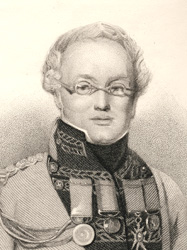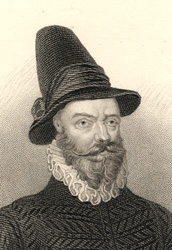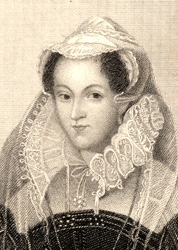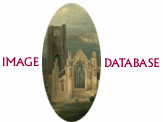|
|
Home | Corson Collection | Biography | Works | Image Collection | Recent Publications | Correspondence | Forthcoming Events | Links | E-texts | Contact George Baird Shaw (1812-83)
The success of Shaw's engravings for Lockhart's Memoirs led to a second prestigious Scott-related commission: a series of full-size steel engravings for the influential Abbotsford Edition of the Waverley Novels (1842-47). For vol. I (Waverley & Guy Mannering), Shaw engraved portraits of Col. James Gardiner after his own design and Prince Charles Edward Stuart after Louis Tocqué. For vol. II (The Antiquary, The Black Dwarf & Old Mortality), he engraved John Graham of Claverhouse after Clarkson Stanfield. For vol. IV (The Bride of Lammermoor, A Legend of Montrose & Ivanhoe), he engraved James Graham, Marquis of Montrose after a print in Edmund Lodge's Portraits of Illustrious Personages of Great Britain. For vol. V (The Monastery & The Abbot), he engraved the Regents Murray and Morton and Mary Queen of Scots (all after Lodge). For vol. VI (Kenilworth & The Pirate), he engraved Robert Dudley, Earl of Leicester after Lodge and Queen Elizabeth I after Federico Zuccaro. For vol. VII (The Fortunes of Nigel & Peveril of the Peak), he engraved James VI and I, George Heriot (both after Paulus van Somer), Charles II (after Kneller), and George Villiers, Duke of Buckingham (after S. Austin). For volume VIII (Quentin Durward & St. Ronan’s Well), he engraved Louis XI (after C. N. Thévenin), and, finally, for vol. X (Woodstock & Chronicles of the Canongate), he engraved Cromwell after Lodge and John Greenshield's statue of Scott.
Shaw also worked as an illustrator for the Art Journal for many years. Major non-Scott-related works include the individual plates John Angel James (Independent Minister) after H. Anelay, Thomas Thomson after Robert Scott Lauder, and George Wishart, now in the Scottish National Portrait Gallery. Shaw emigrated in 1850, arriving in January 1851 in Dunedin, New Zealand, where he remained for five years. He exhibited a view of that town in November which he proposed to make into a lithograph, a project which fell through due to lack of support. In 1856 he left New Zealand for Australia. He first visited his brother James, a prolific portrait painter and photographer who had been living in Adelaide since 1850. At the First Exhibition of the South Australian Society of Arts in 1857, he showed Othello and Iago and Edinburgh from the Calton Hill as an Adelaide resident. He then settled in Sidney where over the next decade he produced a series of portraits, some drawn, some engraved, of Sydney politicians and clergy. He returned to Adelaide in 1866 and exhibited several proof copies of his engravings including one of The Silver Cord Loosed after Sir Joseph Noel Paton. At the 1867 Exhibition of the South Australian Society of Arts he was awarded the five-guinea prize for the best South Australian oil landscape painting. After visiting New Zealand in 1867, he returned to Sydney where he remained throughout the 1870s. He showed three landscapes Harbour View, from Double Bay, On the Manning River and Macleay Heads, and Trial Bay at the 1870 Sydney Intercolonial Exhibition. His last recorded works were displayed at the 1877 exhibition of the New South Wales Academy of Art: a watercolour The Bass Rock, a crayon portrait of A. Roberts MD, and an oil painting The Pets. He died in Sydney in 1883. Bibliography
In addition to the above sources, this page draws on unpublished research by James C. Corson, who following correspondence with his descendants in Australia, established that the Edinburgh-based engraver George B. Shaw was identical with the Australian artist George Baird Shaw. Of the above sources, only the Dictionary of Australian Artists Online links Shaw's pre- and post-emigration careers. Last updated: 26-Jan-2009 |
||||||




